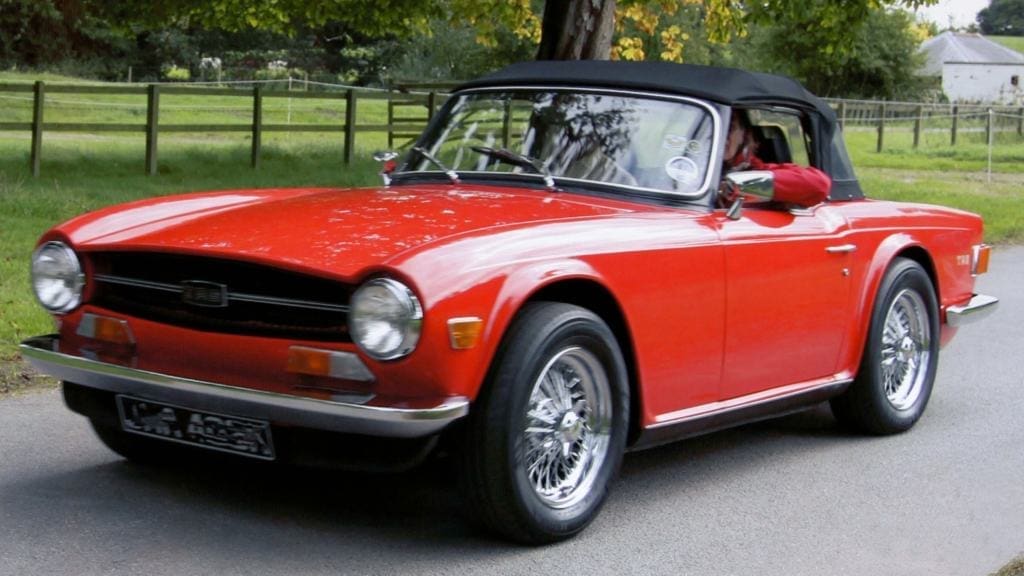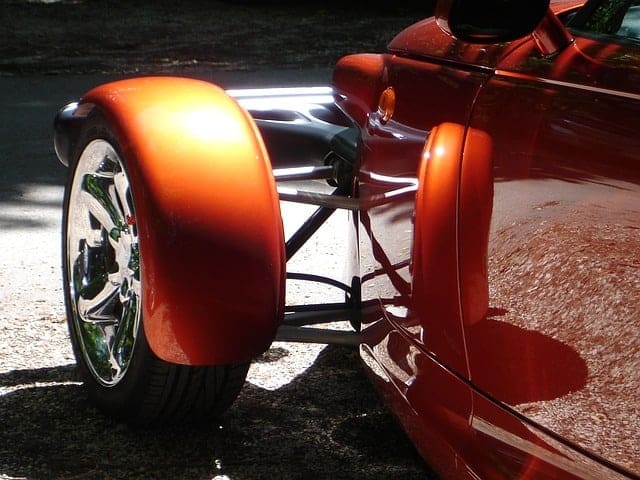5 Unusual Ways to Learn How to Drive
When you are learning to drive, there are lots of different options available to you. You can learn to drive a manual or automatic, you can go with a once-a-week lesson or do an intensive course over a week or two to try to pass your test quickly. You can also learn to drive with family members once you have the right insurance in place. But these aren’t all the options available and here are a few of the more unusual ways to learn how to drive.
Driving a Supercar
Most people will admit to the desire to drive a supercar at some stage in their life, but most probably wouldn’t think of it as the first option when learning to drive. But this is something that is now available for learner drivers if they want to get the hang of the highest-powered vehicles from the start.
One example of this type of driving experience is to learn in a BMW i8 Hybrid. This is a vehicle that combines both petrol and electric to give a very dynamic drive and has the power of a sports car. It also has dual controls so there is the same level of safety as with other driving instructors’ vehicles and the car is automatic so there are no gears to be concerned with.
Driving a supercar as your learner vehicle might seem like something that billionaire’s kids might do but there are some interesting lessons to be learned from these vehicles. For example, the lowered suspension isn’t just something done for visual impact – it helps the aerodynamics of the vehicle. But it also means you have to think about it when approaching different road surfaces – and watch out for those speed bumps!
Driving a Classic car

Somewhere between learning in a normal car and a supercar is learning to drive in a classic car. There’s no exact definition of what a classic car is and can be anywhere from 20 to 100 years old, though most of the really old ones tend to be in museums and only used for special events. However, there are plenty of vehicles in the 20-50 years old range that are still being used regularly and therefore can be used to learn to drive.
But why would you consider it? One reason is simple – in a growing world of automatic transmission, learning to drive in a classic car gives you the chance to learn driving stick – or gears as it is called in the UK. Driving stick is a fading art in the US but if you travel to Europe, you will find that more cars are manual than automatic.
Therefore, by learning partly in a classic car with a manual gearbox, you can add this skill to your repertoire from an early stage and means whatever type of vehicle you find yourself needing to drive, you are ready to go.
Driving a go-kart or bumper car


Go-karts and bumper cars might not seem anywhere near a serious driving experience, but for kids under 17, they can be a perfect way to learn the basics of driving.
There are a wide range of types of karts and other small vehicles that can be booked for kids as young as 13. They have a rigid frame with no suspension so don’t make for the most comfortable drive, but they are also great at learning to feel what it is like to be on the road. Karts come in varying classes to suit different ages and sizes, so there’s no reason not to give it a try if you are a younger driver.
Driving simulators
Driving simulators used to be a little like a computer game but now they are a very practical tool in the driving instructor’s arsenal, and a great way to learn a lot about driving without going near the road.
Using a driving simulator allows you to understand the dangers and difficult situations that learner drivers may face, without experiencing them in the real world. Simulation training is the perfect way to learn what to do in extreme situations and learn about your own reactions without the concern about coming to harm. They have also shown to have an improved rate at learning retention than typical classroom or instructor based training because many people learn best from doing, rather than being told to do.
These simulators are especially useful for young drivers and can be used before they reach the legal age to have their license. But they work just as well for an older driver who is learning for the first time or coming back to driving after a break. They can help people overcome the fear of the unknown and learn skills that will apply when driving for real, increasing their confidence and, for some, meaning they can pass their test quicker.
Competitive motor sports


While it might seem that you need a special license to engage in competitive motor sports, this isn’t the case for all grades. For example, in the UK, you can apply for a non-race National B license while there is a written exam to upgrade it to the Speed National A license. Often, you simply fill out a standard license application form for the competition in question and this allows you to take part.
While you wouldn’t try competitive motor sports as your first experience in a car, if you have had a few lessons and have a good sense of working the car, it is a great experience to test your skills and teach new drivers the basics of handling a vehicle.
Different experiences
Learning to drive is all about gaining experience and these ideas offer an unusual way to do just that. From building the confidence of very new drivers, to refining the skills of those who are more experienced, each of these methods could help to make you a better driver in the long run.




